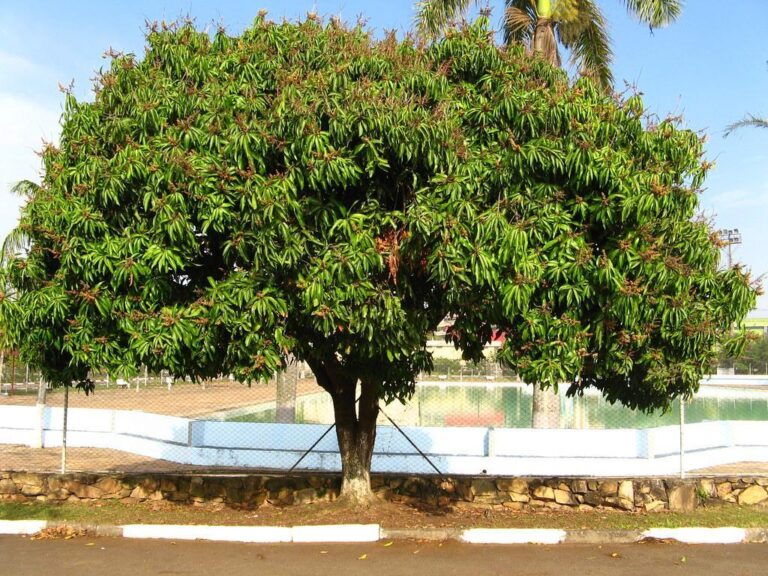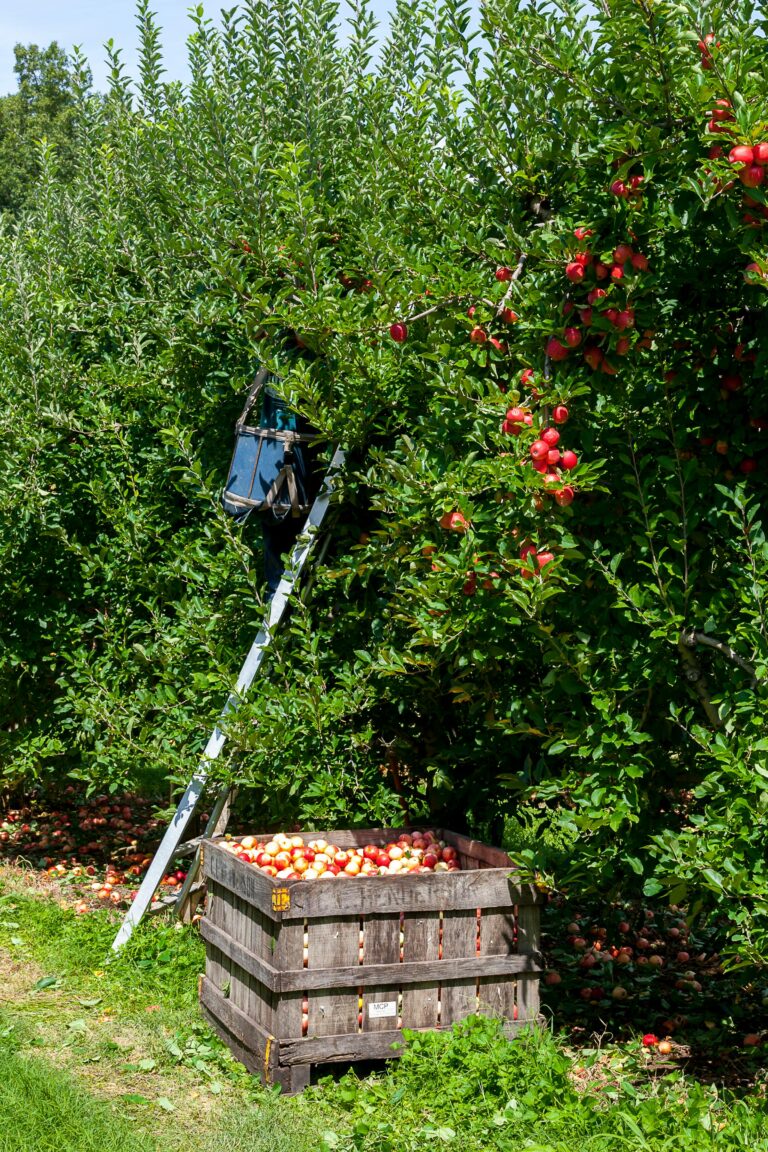The Life of the Guava Tree
The Life of the Guava Tree (Psidium guajava): A Journey of Growth and Vitality
The Guava tree (Psidium guajava), native to the tropical regions of Central America, Mexico, and the Caribbean, is a resilient and versatile plant that has captured the hearts and taste buds of people across the globe. Known for its deliciously sweet and tangy fruit, the guava tree is much more than just a source of nourishment; it plays a significant role in the environment and local economies. Its life cycle, from a small seed to a mature tree, is a fascinating journey marked by growth, adaptation, and vitality.
Seed Germination and Early Growth
The life of a guava tree begins with its small, round seed, which can be found within the fruit itself. To grow a guava tree from seed, the seed must first be carefully extracted from the ripe fruit, which is often green or yellow in color and fragrant when ready for harvesting. After extraction, the seed is typically washed to remove any residual fruit pulp before being planted in well-draining soil.
In ideal conditions, the guava seed germinates within a few weeks. Guava trees thrive in tropical and subtropical climates, where the soil is warm, fertile, and adequately watered. However, they can also tolerate brief periods of drought and poor soil conditions, making them a hardy choice for many environments. During the early stages of growth, the guava seedling requires consistent moisture and indirect sunlight to encourage strong root development and healthy leaf growth.
Development into a Sapling
As the guava tree matures, it gradually develops into a sapling, with a strong central stem and several branches. This stage is marked by the formation of vibrant, opposite leaves that are typically oval or elliptical in shape, with a smooth to slightly leathery texture. The tree’s leaves are an essential part of its ability to photosynthesize and grow, as they absorb sunlight and convert it into the energy needed for further development.
The guava tree’s growth rate can be quite rapid, especially under favorable conditions, with some trees reaching a height of 5 to 10 feet within the first few years of life. During this period, the roots begin to spread out, anchoring the tree firmly to the ground and allowing it to access water and nutrients.
Maturation and Flowering
Guava trees typically begin to flower and produce fruit within 3 to 4 years of planting, although some varieties may take longer to reach this stage. The guava tree’s blossoms are small and white or pink, with numerous stamens that give them a distinct appearance. These flowers are usually pollinated by bees and other insects, although wind pollination can also occur in some areas.
The flowering process is vital to the guava tree’s life cycle, as it signals the beginning of the tree’s reproductive phase. The fragrant flowers attract pollinators, which transfer pollen from flower to flower, ensuring that the guava tree can produce a bounty of fruit. Flowering typically occurs during the warmer months, though some guava trees are capable of flowering year-round in tropical climates.

Fruiting and Harvesting
Once pollinated, the flowers give way to small, green guava fruits that gradually ripen over a period of several months. The fruit of the guava tree is round or oval in shape and varies in size depending on the variety. As the fruit matures, it changes color, often turning yellow, green, or red, depending on the variety. The guava’s flesh is typically sweet and tangy, with a distinct aroma and a high concentration of vitamin C, dietary fiber, and antioxidants.
Guava trees are highly productive, with some mature trees capable of producing hundreds of fruits per year. In commercial orchards, guavas are often harvested by hand, with the fruit being carefully picked once it reaches full ripeness. In regions where the guava tree is grown for personal consumption, the harvest is often more sporadic, with fruits being picked as they ripen.
Longevity and Environmental Adaptation
The guava tree is known for its long life span, with many trees living for several decades if properly cared for. As the tree ages, its bark changes from smooth to a more textured, peeling surface, giving it an attractive appearance. The tree also becomes increasingly resistant to pests and diseases, adapting over time to the conditions of its environment.
One of the remarkable aspects of the guava tree is its ability to thrive in a wide range of climates and soil types. While it thrives in tropical regions, it can also grow in subtropical and even some temperate areas, as long as the climate is not too harsh. Guava trees are known for their adaptability to different environments, making them a favorite in both home gardens and commercial farming.
In addition to its environmental resilience, the guava tree plays an important role in local ecosystems. Its dense canopy provides shade and shelter for small animals and birds, while the tree’s fallen leaves and fruit contribute to the soil’s nutrient cycle. Guava trees also have a deep root system that helps prevent soil erosion, particularly in regions prone to heavy rainfall or flooding.
Cultural Significance and Uses
Beyond its ecological and economic importance, the guava tree has cultural significance in many regions of the world. In many tropical countries, guavas are a staple of the local diet, and the fruit is used in a variety of culinary applications, from fresh consumption to the creation of juices, jams, and desserts. The leaves of the guava tree are also used in traditional medicine for their purported health benefits, including their ability to aid digestion and reduce inflammation.
In some cultures, guava trees are also seen as symbols of fertility and prosperity due to their ability to produce a large number of fruits each year. The guava’s health benefits and versatility have earned it a place in both modern and traditional medicine, with guava leaf extracts being used for their antibacterial and antiviral properties.
Challenges and Future of Guava Cultivation
Despite the guava tree’s hardiness, it faces some challenges in the modern world. One of the primary concerns for guava farmers is the risk of pests and diseases, such as fruit flies, aphids, and fungal infections. These pests can damage the fruit and reduce crop yields, making it essential for farmers to employ pest control measures to protect their trees.
Climate change also poses a threat to guava cultivation, as shifting weather patterns and increasing temperatures may affect the tree’s growth and fruiting patterns. However, ongoing research into more resilient guava varieties and sustainable farming practices continues to help mitigate these challenges and ensure the future of guava cultivation.
Conclusion
The life cycle of the guava tree (Psidium guajava) is a remarkable journey from seed to fruit-bearing tree, marked by resilience, adaptability, and productivity. Its ability to thrive in a variety of climates and produce nourishing, delicious fruit makes it a beloved plant in many parts of the world. Whether in the form of fresh fruit, juice, or medicinal products, the guava tree continues to enrich lives and play a vital role in local ecosystems. With ongoing efforts to combat environmental challenges and improve farming practices, the guava tree’s life story is far from over, and it will likely continue to be a symbol of growth and vitality for generations to come.







